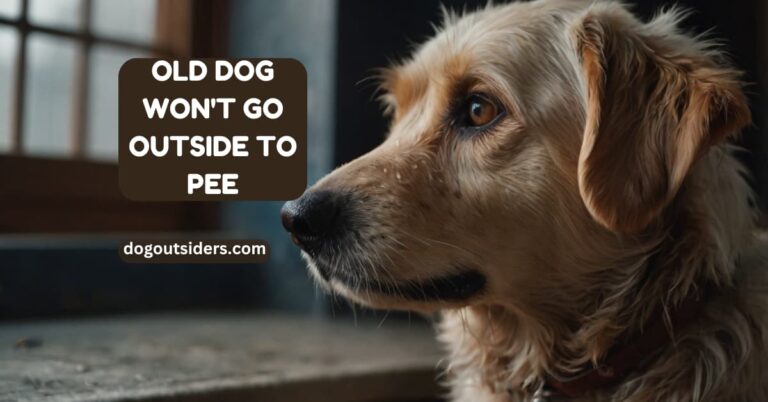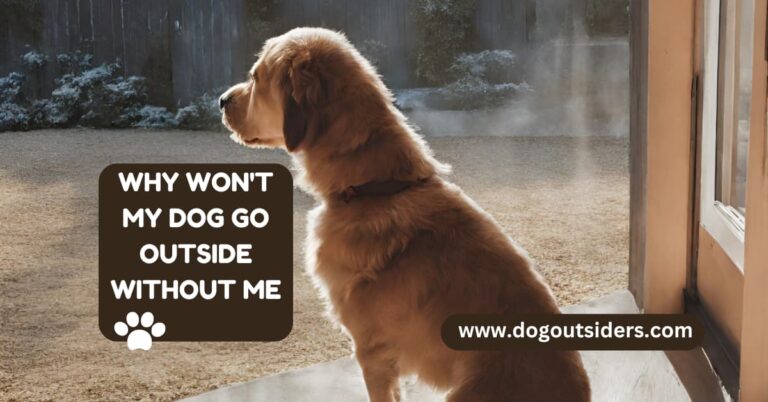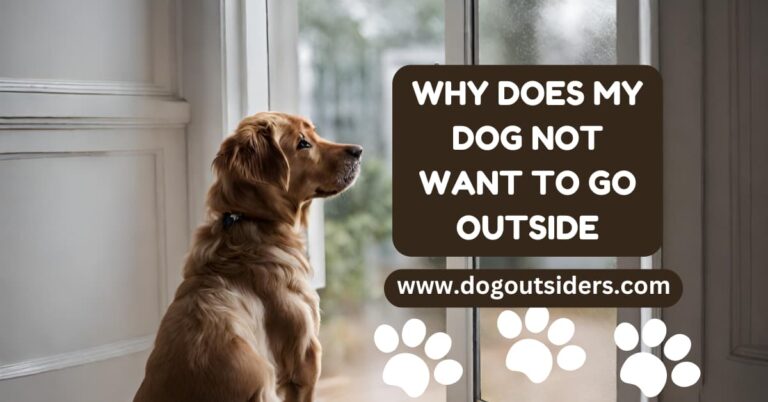When it comes to my puppy, the struggle is real – refusing to pee outside but having no qualms about going indoors. The frustration of dealing with this behavior can be overwhelming. Understanding why our furry friends exhibit this preference is crucial in finding a solution. From establishing a consistent routine to using positive reinforcement, there are various strategies that can help address this issue effectively. By recognizing the contrast between indoor and outdoor behaviors, we can implement targeted training methods to encourage appropriate elimination habits in our puppies.
Key Takeaways
- Understanding Puppy Peeing Behavior
- Learn about your puppy’s instincts and behaviors to better address their peeing habits.
- Common Reasons for Indoor Peeing
- Identify potential reasons why your puppy prefers peeing inside and address them accordingly.
- Breaking the Habit
- Implement consistent training techniques to break the habit of indoor peeing and encourage outdoor elimination.
- Setting Up for Success
- Create a suitable environment with proper training tools and schedules to support successful outdoor peeing.
- Encouraging Outdoor Peeing
- Use positive reinforcement, rewards, and consistency to motivate your puppy to pee outside.
- Routine and Reinforcement
- Establish a routine for potty breaks and reinforce good behavior to instill positive habits in your puppy.
Understanding Puppy Peeing Behavior

Autonomic Nervous System
The autonomic nervous system plays a crucial role in controlling a puppy’s bladder function. It consists of two main components: the sympathetic and parasympathetic nervous systems. The sympathetic tone increases heart rate and inhibits bladder contraction, while the parasympathetic tone stimulates digestion and bladder emptying.
When the sympathetic tone is dominant, it can cause puppies to hold their pee longer, especially when they are in an unfamiliar or stressful environment. On the other hand, the parasympathetic tone promotes relaxation and can trigger the urge to pee, leading puppies to relieve themselves more frequently.
Peeing Behavior Differences
Puppies may exhibit different peeing behaviors based on their surroundings. They might resist peeing outside due to various reasons, such as fear of predators, discomfort with unfamiliar surfaces, or distractions from noises or movements. Conversely, puppies may feel more comfortable peeing inside, where they perceive safety and familiarity.
List:
- Fear of predators
- Unfamiliar surfaces
- Distractions from noises or movements
Training Techniques
To address this issue, pet owners can implement several training techniques to encourage puppies to pee outside consistently. Establishing a routine for potty breaks, using positive reinforcement such as treats or praise when they pee outdoors, and creating a designated potty area can help reinforce desired behavior in puppies.
Pet owners should also be patient and consistent in their training efforts. By closely monitoring their puppy’s behavior patterns and providing ample opportunities for outdoor bathroom breaks, owners can gradually help their puppies overcome their reluctance to pee outside.
Common Reasons for Indoor Peeing
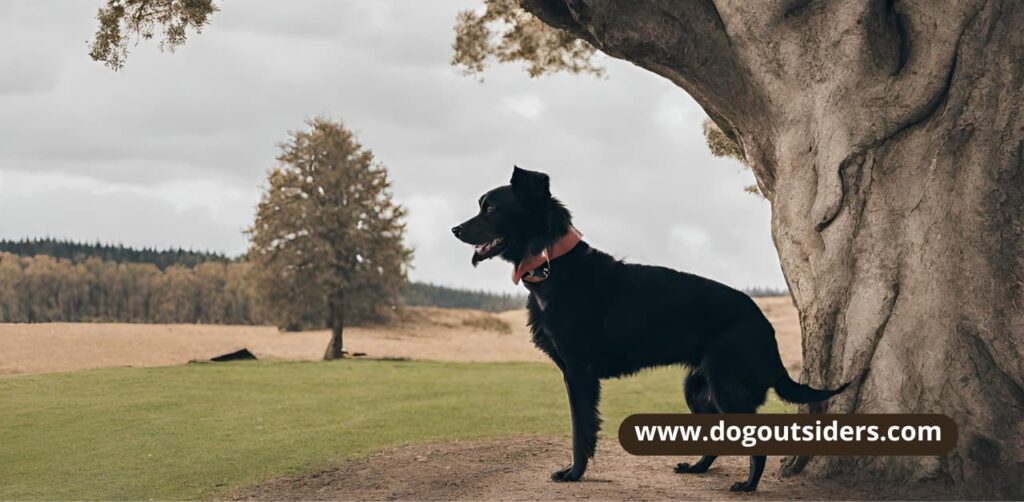
Stress Triggers
Stress can play a significant role in a puppy’s decision to pee indoors. Changes in routine, loud noises, or being left alone for long periods can trigger stress. This may lead to anxiety, causing the puppy to urinate inside the house.
Sympathetic Nervous System
The sympathetic nervous system is responsible for the body’s fight-or-flight response. When a puppy feels threatened or scared, this system activates, affecting bladder control. The puppy may lose control and pee indoors due to fear.
Perception of Safety
Puppies view their home as a haven where they feel secure and comfortable. They associate familiar scents and surroundings with safety. As a result, they may choose to pee indoors as it feels like a protected environment.
When addressing indoor peeing issues, it’s crucial to consider these factors that influence a puppy’s behavior. By understanding stress triggers, the sympathetic nervous system’s impact, and the perception of safety, pet owners can effectively tackle indoor peeing problems.
Breaking the Habit
Positive Reinforcement
Implement positive reinforcement techniques to discourage indoor peeing. When your puppy successfully pees outside, reward them with treats or praise. This helps them associate peeing outdoors with positive experiences. Consistency is key in reinforcing this behavior.
Consistent Routine
Create a consistent routine to help break the habit of indoor peeing. Take your puppy outside to pee at the same times every day, such as after meals and before bedtime. By establishing a routine, you can train your puppy to associate outdoor spaces with bathroom breaks.
I remember when I first got my puppy, he had a habit of peeing inside the house. It took some time and patience, but by consistently taking him outside and rewarding him for peeing there, he eventually learned to do his business outdoors. It’s important to stay patient and consistent during this training process.
Addressing Anxiety and Stressors
Address any underlying anxiety or stressors that may be contributing to your puppy’s indoor peeing behavior. Changes in environment, loud noises, or separation anxiety can all lead to accidents inside the house. Providing a calm and safe space for your puppy can help alleviate these stressors.
Pros:
- Reinforces positive behavior
- Establishes a healthy routine
Cons:
- Requires patience and consistency
Taking the time to understand your puppy’s needs and behaviors is crucial in breaking the habit of indoor peeing. By implementing positive reinforcement techniques, creating a consistent routine, and addressing any underlying anxiety or stressors, you can help your puppy learn to pee outside effectively.
Setting Up for Success
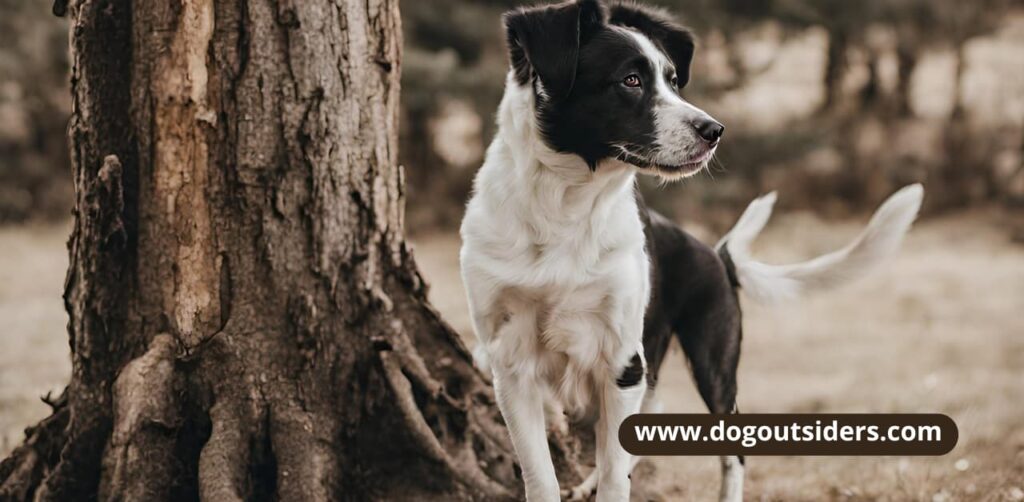
Designate Areas
Designate specific outdoor potty areas to encourage outdoor peeing. This helps your puppy associate a particular spot with relieving themselves outside. Ensure the area is easily accessible and free from distractions.
Creating a dedicated outdoor bathroom spot can significantly improve your puppy’s potty habits. Please place them in the same location each time to establish a routine. Avoid high-traffic areas to minimize distractions.
Indoor Environment
Ensure the indoor environment is not conducive to peeing accidents. Use pet-friendly cleaners to eliminate any lingering odors that may attract your puppy to pee indoors. Supervise them closely when indoors to catch any signs of needing to go.
Maintain a clean indoor space by promptly cleaning up any accidents with enzymatic cleaners. Keep tempting areas, like carpets or rugs, out of reach to prevent accidents. Consistency in cleaning and supervision is key.
Crate Training
Use crate training effectively to prevent indoor accidents. A crate acts as a safe space for your puppy and can help with potty training. Make sure the crate is appropriately sized for comfort.
Crate training helps limit your puppy’s access to the house, reducing the chances of accidents. Gradually increase the time they spend in the crate while ensuring it remains a positive experience. Avoid using the crate as punishment.
Encouraging Outdoor Peeing
Use Treats
Using treats and rewards can be highly effective in motivating your puppy to pee outside. When your puppy successfully pees outdoors, immediately reward them with a treat to reinforce this positive behavior. This positive reinforcement helps your puppy associate peeing outside with something enjoyable.
Create a Comfortable Space
Providing a comfortable and inviting outdoor space for your puppy to relieve themselves is essential for successful outdoor elimination. Ensure the area is clean, safe, and free from distractions that may deter your puppy from peeing. Consider using a designated spot in your yard where your puppy can consistently go.
I remember when I started using treats to train my puppy to pee outside. It was amazing to see how quickly he caught on and started associating outdoor peeing with receiving a tasty reward. Creating a comfortable space for him also significantly improved his willingness to pee outside regularly.
Incorporate Playtime
Incorporating playtime and positive experiences outdoors can further encourage your puppy to pee outside. Take your puppy out frequently, especially after meals or naps, as they are more likely to need to relieve themselves during these times. Engage in interactive play sessions in the designated outdoor area to make it a fun experience for your puppy.
One thing that worked wonders for me was incorporating playtime into our outdoor routine. Not only did it help my puppy associate outdoor time with fun activities, but it also made him more willing to stay outside longer and eventually pee in the designated spot.
Routine and Reinforcement
Consistent Schedule
Establishing a consistent potty routine is crucial for training your puppy to pee outside. Set specific times during the day when you take your puppy out to eliminate. This helps them understand when it’s time to go.
Creating a schedule also regulates your puppy’s bathroom habits, making it easier for them to associate outdoor peeing with the right time and place. It reduces accidents inside the house, promoting better hygiene.
Verbal Cues
Using verbal cues can be highly effective in signaling to your puppy that it’s time to pee. Simple phrases like “Go potty” or “Do your business” help them understand what is expected of them. Consistency in these commands is key.
When I was training my puppy, I found that using a specific phrase each time we went outside helped reinforce the behavior. This consistency helped my puppy associate the word with the action, making training more successful.
Behavior Monitoring
Close monitoring of your puppy’s behavior is essential in reinforcing positive potty habits. Watch for signs that they need to go, such as sniffing around or circling a particular spot. When you notice these cues, immediately take them outside.
Addressing Challenges
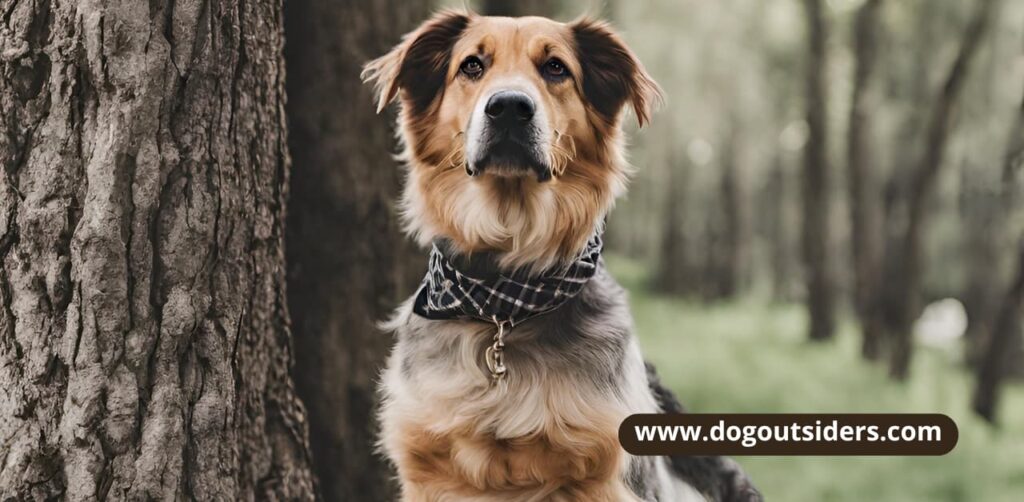
Identifying Medical Issues
Indicators of medical issues causing indoor peeing include frequent accidents, excessive drinking, or changes in behavior. Consult with a veterinarian to rule out any underlying health problems that may be contributing to this behavior.
My experience taught me that early detection of medical issues is crucial for effective treatment. Regular veterinary check-ups can help monitor your puppy’s health and address any concerns promptly.
Seeking Professional Help
If indoor peeing continues despite training efforts, seeking professional assistance is recommended. Trainers or behaviorists can provide specialized guidance tailored to your puppy’s specific needs.
I found it helpful to consult with a certified dog trainer when facing challenges with my puppy’s potty training. Their expertise and personalized approach made a significant difference in addressing the issue effectively.
Modifying Training Approaches
Adjust your training methods based on your puppy’s challenges and responses. Consistency, positive reinforcement, and patience are key elements in successful potty training.
Personalizing the training approach to suit my puppy’s unique personality helped me achieve better results. Adapting strategies based on my puppy’s progress ensured steady improvement over time.
Seeking Help When Needed
Consult Veterinarian
Consult a veterinarian to rule out health issues causing indoor peeing. They can offer insights and solutions.
Professional Guidance
Seek advice from a professional dog trainer or behaviorist for specialized training techniques. Their expertise can make a difference.
When your puppy’s indoor peeing is challenging, it’s essential to seek assistance. Sometimes, the issue may be more complex than anticipated, requiring professional intervention. A veterinarian’s guidance can help identify any underlying health conditions that might be contributing to this behavior. By consulting with a professional dog trainer or behaviorist, you can access tailored strategies and methods to address your puppy’s specific needs effectively.
Reaching out for help is not a sign of weakness but rather a proactive step towards resolving the issue at hand. It shows your commitment to providing the best care for your furry companion. Remember, there are experts available who specialize in understanding animal behavior and can offer valuable insights into modifying your puppy’s habits. Don’t hesitate to seek assistance when needed; it can make a significant difference in your puppy’s well-being and overall training progress.
Conclusion:
Understanding why your puppy won’t pee outside but will inside is the key to solving this frustrating issue. By addressing common reasons for indoor peeing, breaking bad habits, and creating a supportive environment, you can encourage your furry friend to do their business where you want them to. Remember, consistency is crucial in reinforcing positive behaviors and overcoming challenges that may arise.
In conclusion, with patience, persistence, and the right approach, you can successfully train your puppy to pee outside. Don’t hesitate to seek help from a professional if needed. Together, we can make outdoor peeing a natural and stress-free routine for your beloved pet.
FAQ’s:
Puppies may not pee outside due to fear of unfamiliar surroundings, lack of proper training, or discomfort with outdoor surfaces. Understanding your puppy’s behavior and providing positive reinforcement can help encourage outdoor peeing.
Breaking the habit of indoor peeing involves consistent training, supervision, and redirection. Create a routine for potty breaks, reward outdoor peeing, and clean indoor accidents thoroughly to eliminate scent markers that attract repeat incidents.
Common reasons for indoor peeing in puppies include incomplete housebreaking, medical issues like urinary tract infections, anxiety or stress, territorial marking, or lack of access to the outdoors. Identifying the underlying cause is crucial in addressing this behavior.
Encouraging outdoor peeing involves creating a positive association with going outside. Use treats, praise, and a consistent schedule for potty breaks. Take your puppy to the same spot each time and wait patiently until they eliminate it to reinforce the behavior.
If your puppy continues to have frequent accidents indoors despite consistent training efforts, exhibits signs of distress or pain while urinating, or shows other concerning behaviors related to elimination, it is advisable to consult a veterinarian or a professional dog trainer for guidance.

